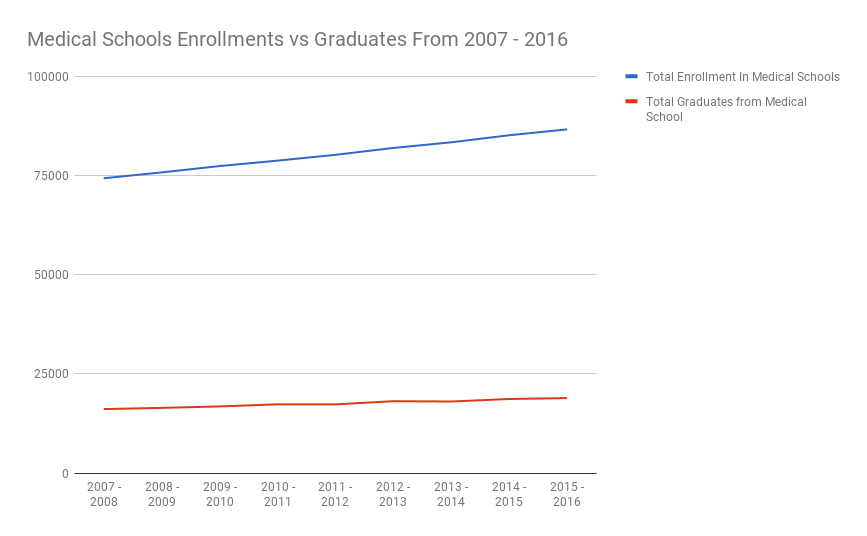It’s no secret that the demand for pediatric care in the US has steeply outgrown the number of practicing physicians.1 “Our next appointment is four weeks from now” has become a familiar refrain at pediatric offices across the country.
The statistics help tell the story:
- As of 2014, there were 28,000 pediatric medical providers caring for more than 80 million children in the US.2
- Up to 30% of children in the US must travel more than 80 miles to see certain pediatric subspecialists.3
The shortage is, in part, a reflection of the fact that becoming a pediatric physician takes about 6 years of additional training. But a pediatrician may well earn less than a specialist, a fact that makes medical students think twice before they specialize in pediatrics.
Faced with this pediatric physician shortage, your practice might need to take creative approaches to meeting young patients’ healthcare needs. Here are 4 strategies to consider.
1. Remove Barriers For Non-MD Providers4
From a patient’s perspective, “doctor” generally means a physician with an MD. However, many nurse practitioners (NPs) are trained as primary care providers in pediatric care.5
Not only have nurse practitioners been providing many primary care services to pediatric patients, they’ve also expressed willingness to take the lead in patient-centered medical homes.6
Hiring NPs might ease some pressure on your office, particularly during the winter months as more patients present with viral illness symptoms.
Another option: medical assistants, who can perform advanced medical duties, such as:7
- Serving as a contact person for patients with chronic diseases
- Providing customized health education for parents
- Serving as a “health coach” for older children (e.g., young athletes)
Practices are recognizing this opportunity, with perhaps surprising results. For instance, New Jersey’s Atlanticare Special Care Center (a practice for adult patients) reduced emergency room visits percent8 by adopting a medical home model that uses medical assistants as health coaches.
2. Let Doctors Be Doctors
It’s a problem that keeps growing for physicians nationwide: administrative tasks take too much time away from patients. This is when practice management strategies become critical.
In our last blog, we talked about ways to improve management at your practice to save time and deliver better care. For example:
- Add synchronized, bundled prescription renewal through your patient portal
- Use visual aids to explain medical concepts, which can save time
- Leverage your website to answer patient questions and reduce the amount of time your staff spends on the phone
Keep seeking out strategies like these and, if necessary, consider hiring a practice consultant. Even a few minutes of time saved per day can significantly add up on a monthly or yearly basis.
3. Embrace Telemedicine
Telemedicine9 may be another low-cost solution to help manage the pediatric physician shortage. And, its technology evolves, providers may be able to diagnose a wider range of issues more accurately.
Telemedicine is already addressing a major root of the shortage problem — uneven geographic distribution of providers. It’s often difficult for rural hospitals to support many specialists.
Telemedicine allows small hospitals or practices to connect to bigger medical centers and make more specialists available to their patients.
The American Academy of Pediatrics supports the increased use of telemedicine10, touting its potential for:
- Improving access to care
- Increasing communication among providers
- Enhancing continuous care by linking primary and specialty care providers
4. Make An Impact On Education And Training
Medical school enrollment is increasing every year, but many students make their residency choices out of practical necessity instead of personal preference.
This might drive them away from pediatrics, a field that doesn’t generally offer as many residency programs as other primary care fields, such as family medicine, general surgery, and obstetrics/gynecology.11

Medical practices could emulate some private organizations and consider establishing scholarship and fellowships to encourage more young physicians to pursue pediatrics.
All of these steps combined may help reduce the physician shortage in pediatrics and make excellent care available to more young patients nationwide.
[INSERT ALSO READ]
- 4 Time-Saving Strategies For Your Medical Practice
- What Do Healthcare Consumers Value Most? 4 Key Insights